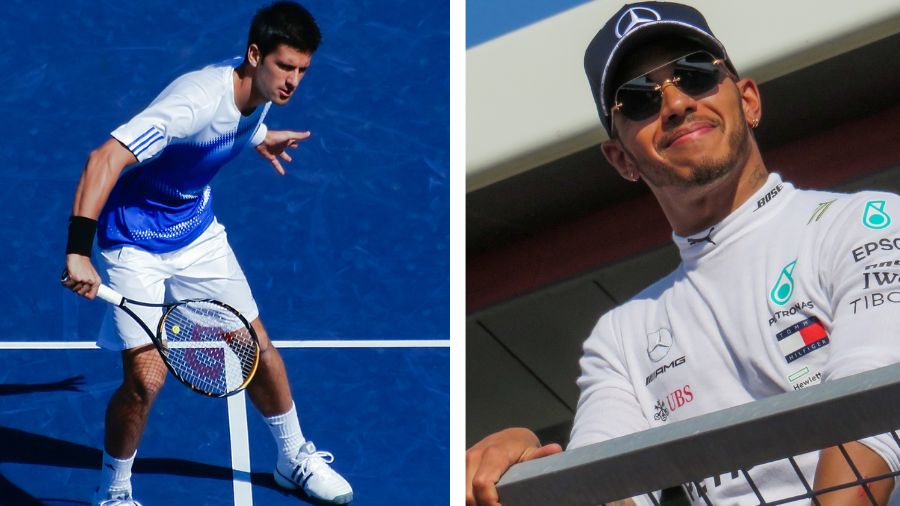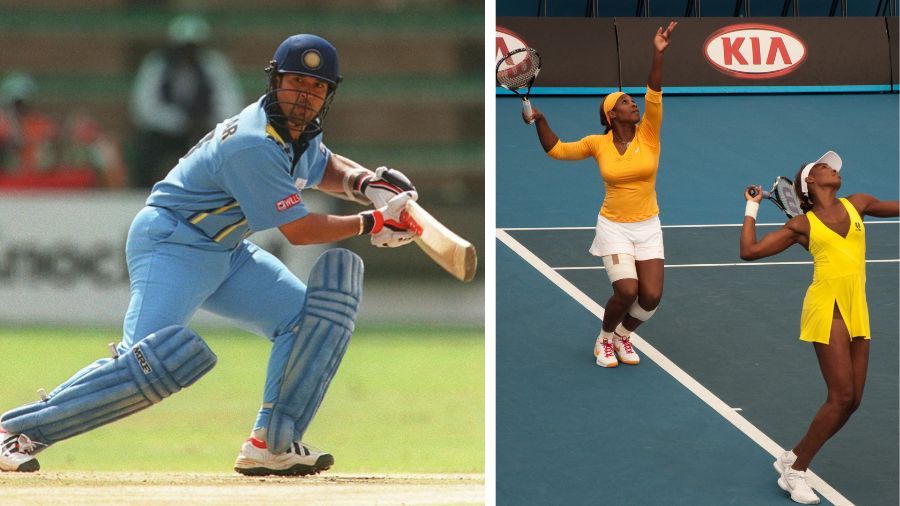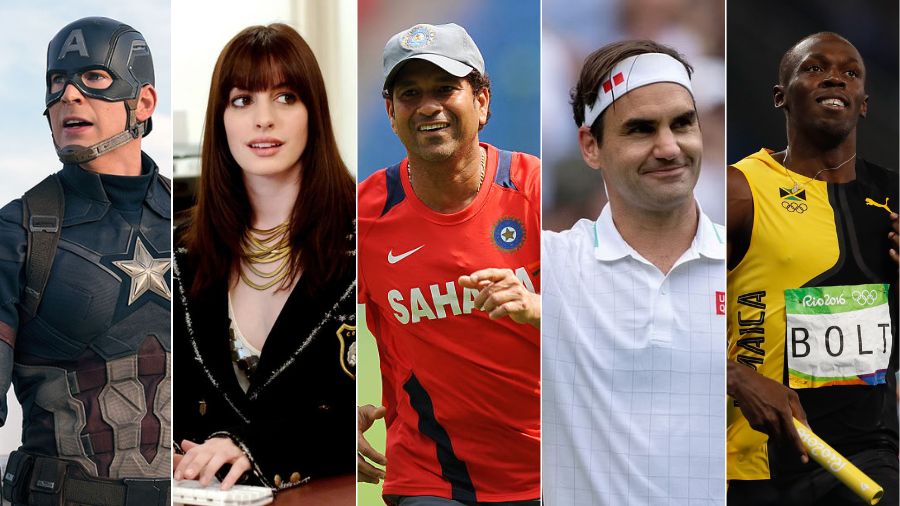July 7, 2013, to July 16, 2023. Some highlights of important global events happened in that period: Nelson Mandela died. A Malaysian airlines flight with 270 passengers went missing. The Ice Bucket Challenge came and went. Narendra Modi became the Prime Minister of India. ISIS rose and fell. Greece became bankrupt. Brexit happened. Donald Trump became the US President. The US Senate was attacked. The #MeToo movement swept the globe. We took the first ever picture of a black hole and lived through a pandemic.
Over the same period, a Serbian tennis player called Novak Djokovic played 45 matches at Wimbledon and did not lose a single one. This would suggest that ‘dominance’ is real. We see it in other sports as well. Lewis Hamilton and, more recently, Max Verstappen zoom to the F1 finish line without giving opponents a sniff. There have been teams like that, too — the ‘dynasties’ of sport. Currently, the Indian men’s cricket team also looks dominant in the ICC World Cup.
In other spheres, we see dominance in the supremacy of some people at their jobs. In entrepreneurs who seem like they cannot make a mistake. In those who manage to sustain perfection in the face of incredible odds. So, is dominance a magic trick or is it indeed real?

Novak Djokovic playing 45 games without losing, (right) Lewis Hamilton zooming to the F1 finish line all suggest ‘dominance’ is real
Wikimedia CommonsOrigins of dominance in sport
Dominance presents a fascinating dichotomy that baffles and captivates. You have athletes and teams who effortlessly conquer their fields and are titans of the game. Who, with a bit of clever marketing, are promoted as superhumans and superteams.
But sport, by its very nature, primes individuals and teams for failure. If not an opponent, Father Time breaks individuals and teams down. Tides shift unexpectedly and harshly. Underdogs rise (remember Leicester City in 2014?) and champions falter seemingly without a reason (England in the current cricket World Cup).
Dominance in sport (or any competitive field) comes from an interaction of three factors. First, supreme dedication and consistent improvement in the skill at hand. This does not happen in leaps and bounds. This improvement happens by getting better at something 0.1% every day. In 100 days, the person is 1% better.
Second, it is about the environment that allows them to develop and execute things to the best of their ability. For example, Sourav Ganguly pushed Virender Sehwag to open the batting and told him to play without fear of being dropped for 10 matches.
Third and sometimes the most crucial part: innovation. In sport there are rules dictating the nature of the game. But there is complete freedom to decide tactics and strategy. Innovation allows a team or an individual to combine the other two factors to quite literally ‘play the game differently’. Think about it. When Tiger Woods came into golf, he brought athleticism of the kind the sport had never seen. When Roger Federer burst into tennis, he started taking so much time off his opponents with his magical footwork and laser-precise shots. When Sachin Tendulkar started toying around with bowlers in Auckland 1994 and in Sharjah ‘Desert Storm’ 1998, cricket changed. When the Williams sisters introduced power hitting in tennis.

Sachin Tendulkar in Auckland in 1994, (right) the Williams sisters’ power hitting — innovation is an important aspect of dominance in sports
Dominance: love or hate
Dominance is partisan — the supporters of the person or team dominating proceedings absolutely adore it. True lovers of the sport respect the achievements. Neutrals usually do not, because it takes away the entertainment value of sport. Sport organisers usually hate it because it’s bad for business. Sport as entertainment relies on unpredictability to create excitement — it is no fun when you almost know the outcome.
But here’s the thing, true competitors going up against that dominant team relish the fight. This happens in the workplace or the classroom as well. Some appear to be out of reach. Things appear to come easy to them. For example, I always thought that chemistry came easy to some classmates. In recent times, people have told me they think psychological diagnosis comes easy to me. But it does not. It takes a lot of hard work. So I now realise that chemistry also took a lot of hard work for my classmates. When things or people appear dominant and you want to beat them, here is a simple formula (Fair warning, following the formula is not simple!):
Step 1 - Be honest about your current capabilities (and I mean really honest!). Figure out what you need to be 0.1% better every single day
Step 2 - Forget about beating your competitors in the next 200 days (if they are that dominant). You’ll be competitive in 250 days. You’ll be in with a chance in 360-400 days, and then, when they slip up (and every dominant person does), you can take the crown off them.
Dr Sahen Gupta is a Kolkata-born, India- and UK-based psychologist who divides his time between mental health support and high-performance coaching. As the founder of Discovery Sport & Performance Lab, he works not only with Olympians and other top-level sportspersons, but also with CEOs and other professionals striving for excellence. Dr Gupta’s mission is to simplify complexities of the mind into actionable and simple ‘doables’ that allow individuals to be mentally fit.








